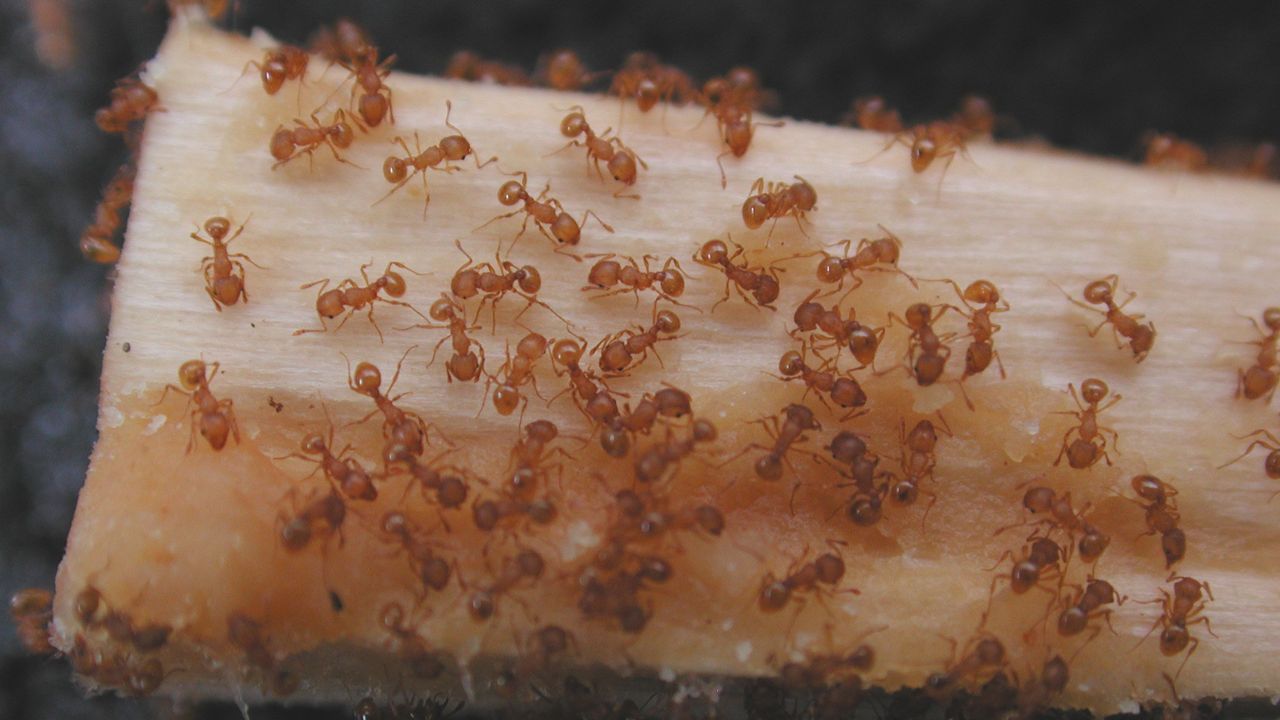Hank Oppenheimer, a botanist with the Plant Extinction Prevention Program, was in the remote, high-altitude forests of West Maui in 2020 when he stumbled upon a new plant species.
“I decided to just turn a different way and look over a ridge I hadn’t explored before and there they were,” said Oppenheimer in a Department of Land and Natural Resources news release.
In order to determine if the plant species was in fact previously undiscovered, botanists across the state compared the plant’s lavender-and-white flowers and leaf structure to other plants in the Clermontia genus. After three years, the new species was finally determined to be distinct and given its own name.
The plant, now named Clermontia hanaulaensis, is found only in Hawaii and is likely unique to the mountains of West Maui. The location where this rare plant was found is the only known place where it grows. About 80 adult plants and 20 seedlings grow in an area about the size of 10 football fields. Because the plant is so scarce, it has already been proposed that it be classified as critically endangered.
The new plant species is threatened by introducing plants, slugs, pigs and rats, which may eat its seeds and fruit. Axis deer on Maui also pose a threat. A natural disaster — a fire or hurricane — could also wipe out the plant’s population.
The new plant also may lack any pollinators. Clermontia is a genus of plants that are endemic to Hawaii. They are usually pollinated by native birds, but there are no native birds at the elevation where the population of Clermontia hanaulaensis resides due to mosquitos, which spread avian malaria.
Due to the plant’s scarcity, PEPP collected seeds and will continue to monitor the population.
Michelle Broder Van Dyke covers the Hawaiian Islands for Spectrum News Hawaii. Email her at michelle.brodervandyke@charter.com.









